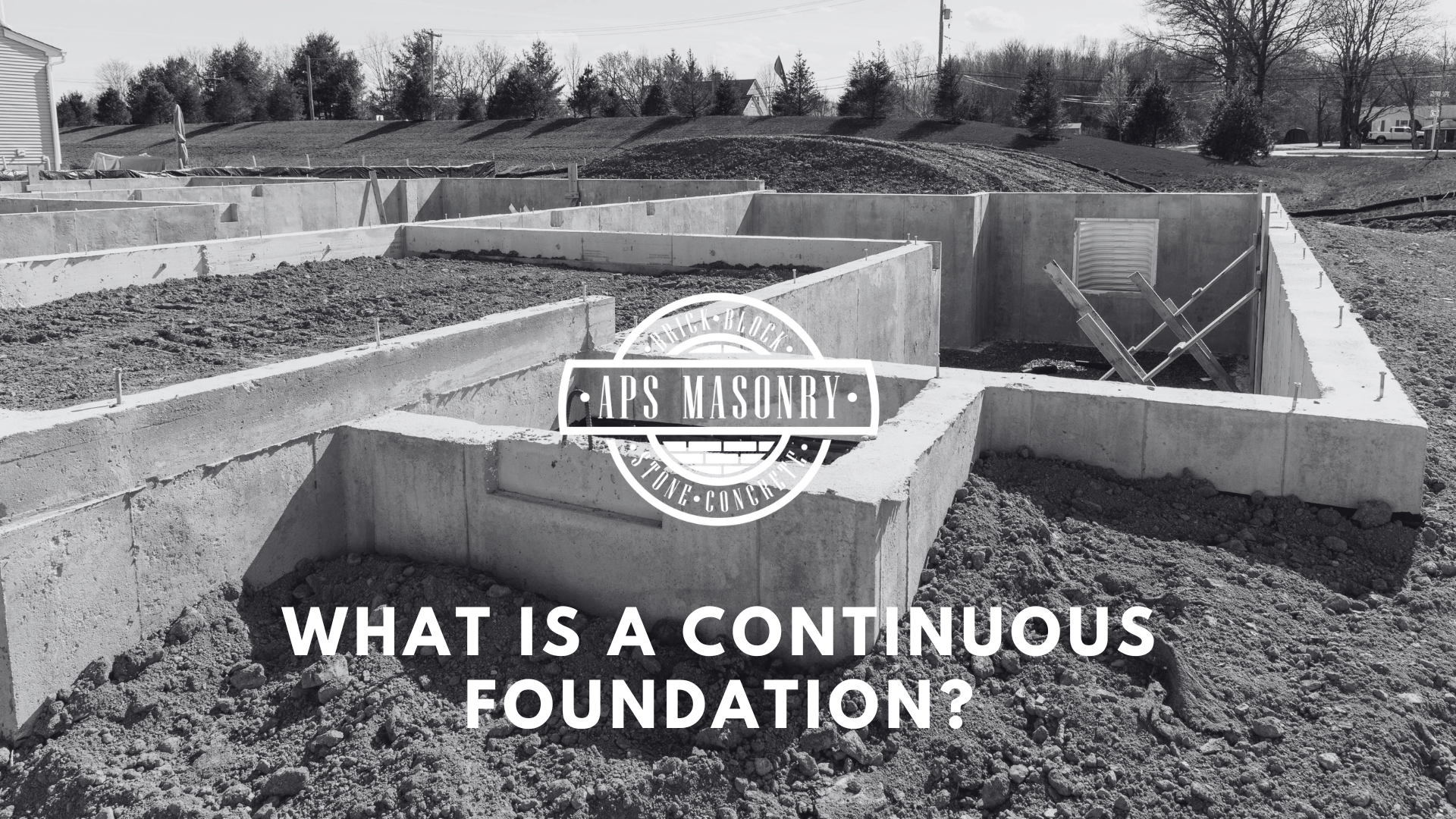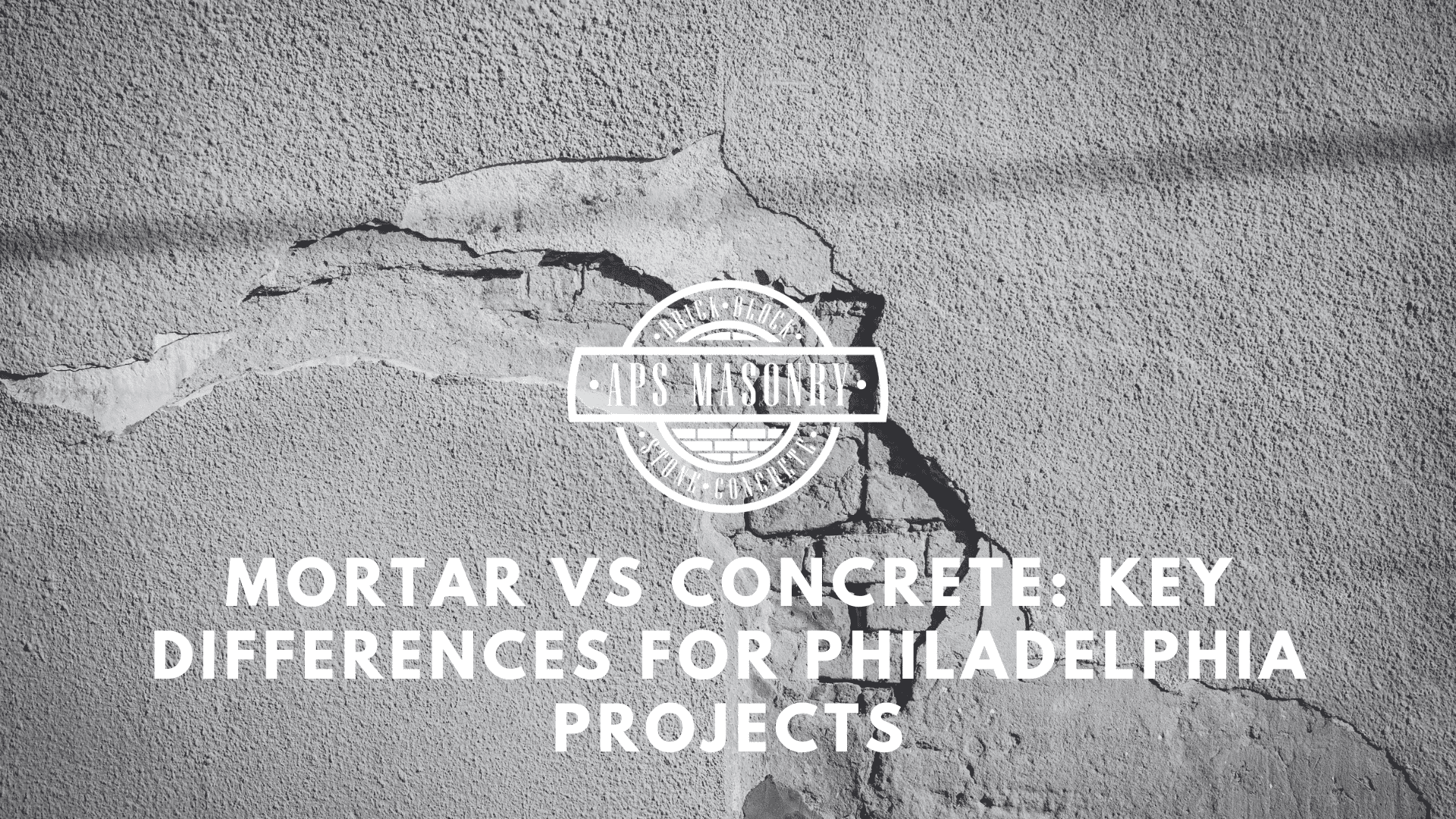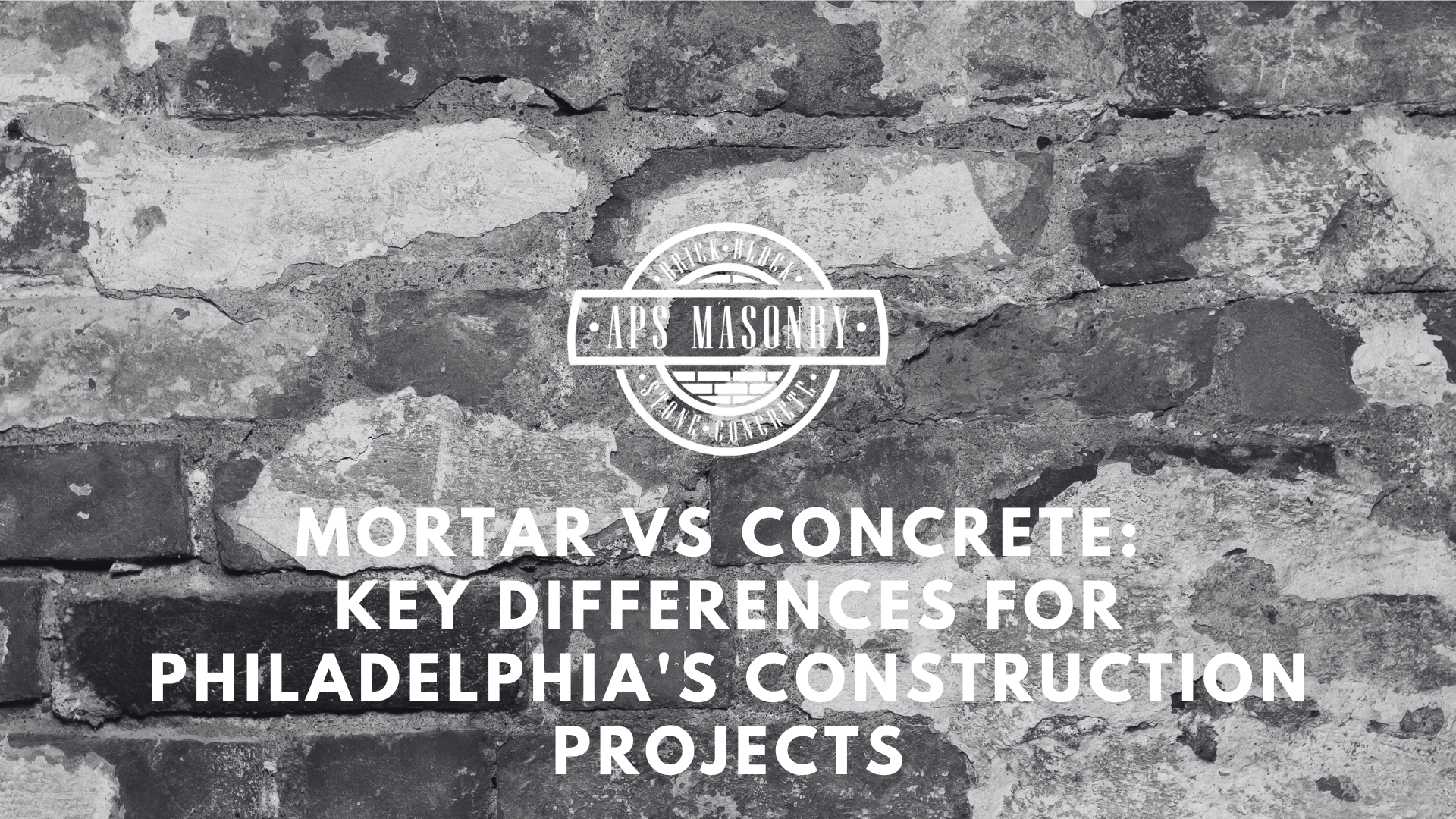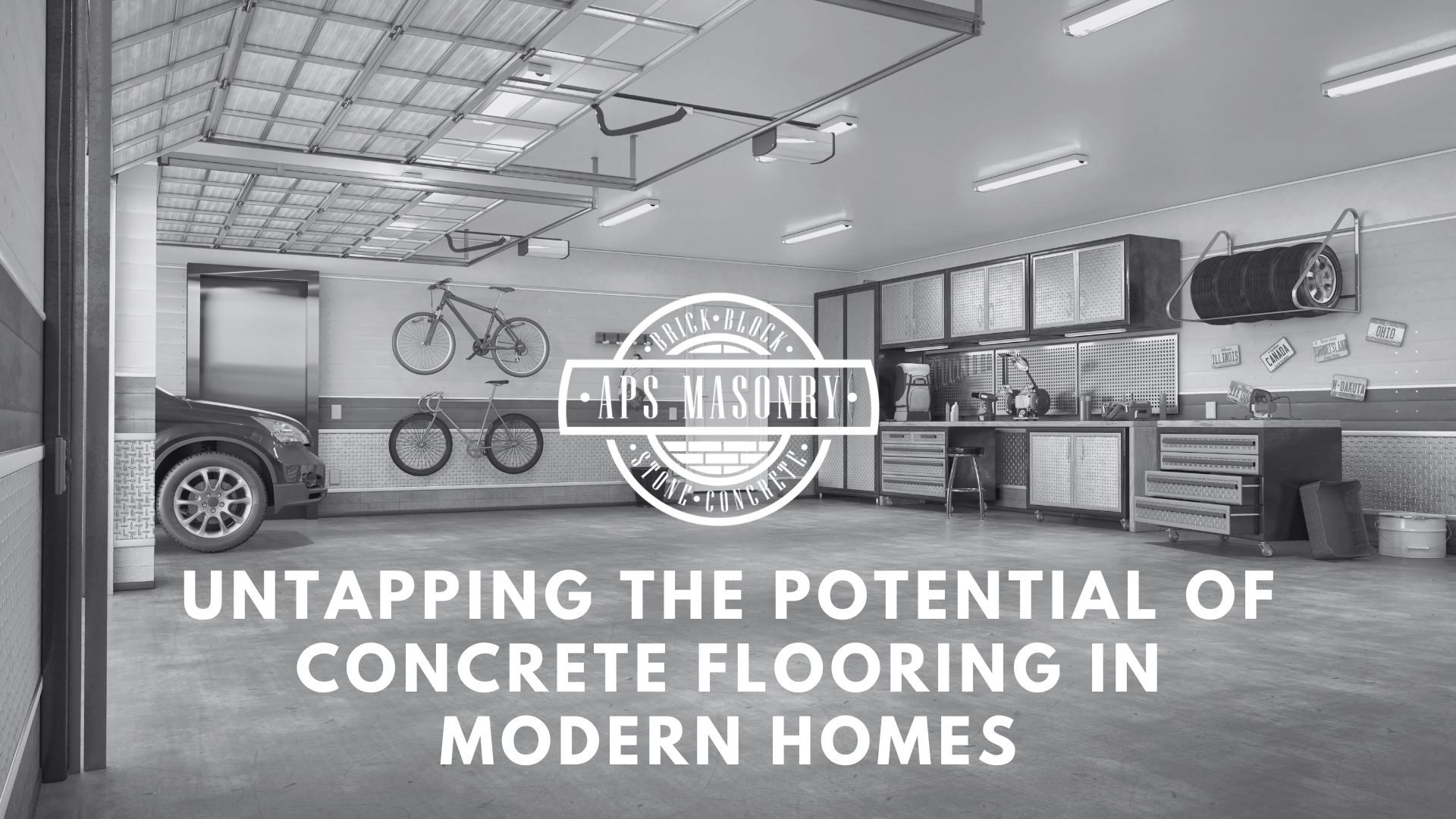Mortar vs Concrete: Key Differences for Philadelphia Projects
Philadelphia’s streets tell a story in brick, stone, and concrete structures.

A continuous foundation, or strip footing, is a simple and cost-effective way to support your building. It’s a reinforced concrete strip that runs along the building’s perimeter, providing a stable base for load-bearing walls and columns. This type of foundation evenly spreads the building’s weight, preventing uneven settling. It’s ideal for homes and small commercial buildings with uniform soil and minimal freeze-thaw cycles. Continuous foundations are easier and cheaper to build than deeper foundations, making them a great choice for many projects.
Continuous foundations, also known as strip footings or continuous footings, are a type of shallow foundation used to support load-bearing walls and columns in residential and commercial structures. They consist of a continuous strip of reinforced concrete that runs along the building's perimeter or beneath load-bearing walls, ensuring a stable base.
Load Distribution:
Continuous foundations excel at evenly distributing the structure's load across the foundation soil, reducing the risk of uneven settling and maintaining the integrity of a load-bearing wall in both residential and commercial structures.
Stability:
They provide a stable base, especially for masonry structures requiring firm foundations. The continuous strip of reinforced concrete guarantees stability under various soil conditions and loads, crucial for the building's longevity and safety.
Cost-Effective:
Compared to deep foundations, continuous foundations are more cost-effective. They require less concrete and simpler construction techniques, translating to lower overall costs. This makes them an economical choice for residential structures with budget constraints.
Ease of Construction:
The straightforward design and construction of continuous foundations make them a popular choice for residential buildings. They are easier and quicker to construct than more complex foundation types, reducing construction time and minimizing potential errors.
Continuous foundations are best laid in conditions where they provide stable and even support to the structure above. Here are some ideal scenarios and locations for using continuous foundations:
Residential Buildings
Moderate Climate Zones
Stable Soil Types
Flat or Gently Sloping Sites
Urban and Suburban Settings
Specific Locations and Uses
Philadelphia's soil conditions vary, but many areas consist of silty clay loam, which has varying degrees of drainage capabilities and load-bearing capacity. These soil conditions significantly impact the type of foundation best suited for a particular site. For instance, in areas with low bearing capacity, alternatives like pile foundations or raft foundations may be more appropriate to guarantee the building's stability and longevity.
Continuous foundations are effective in areas with stable, well-draining soils. However, in regions with silty clay loam, like parts of Philadelphia, there are important considerations:
Moisture Content:
Silty clay loam might retain water, leading to potential issues with swelling and shrinking. This variability will affect the foundation's stability, causing movement and potential damage to load-bearing walls and foundation walls.
Bearing Capacity:
The load-bearing capacity of silty clay loam may not be as high as more granular soils, such as sandy or gravelly soils. This lower bearing capacity can impact the foundation's ability to support the structure, particularly in areas with higher vertical loads.
Drainage:
Poor drainage in silty clay loam could lead to water accumulation around the foundation. This water buildup will weaken the soil and cause settlement issues, compromising the stability of continuous footings and the overall structure.
Considerations for Philadelphia:
Given these factors, it's important to assess soil conditions thoroughly. Working with qualified and experienced professionals will help determine the best foundation solution for your specific site, confirming stability and longevity for your building. Continuous foundations are still a viable option with proper drainage and soil preparation techniques.
When soil conditions are less than ideal for continuous foundations, other foundation types may be more suitable:
Pile Foundations:
Pier Foundations:
Raft (Mat) Foundations:
To determine the best foundation type for your property in Philadelphia, a thorough geotechnical investigation will help. This involves soil sampling and analysis to assess bearing capacity, moisture content, and other important factors.
Given the typical silty clay loam soil in Philadelphia, which may be challenging due to its moisture retention and variable bearing capacity, pile foundations are generally the best option for guaranteeing long-term stability and support. They provide a reliable solution by transferring the load to deeper, more stable soil layers, mitigating issues related to soil moisture and variability.
Raft foundations are a suitable alternative, especially for less heavy structures or in areas where the soil is moderately stable and well-drained. They offer good load distribution and are cost-effective. But, consider their performance heavily depends on proper design and implementation to handle drainage and moisture concerns.
For expert guidance and professional foundation solutions, contact APS Masonry Contracting. Our team of qualified structural engineers and experienced contractors will make sure your building's foundation is stable, secure, and built to last.
A strip footing, also known as a continuous footing, is a type of shallow foundation that consists of a continuous strip of concrete placed beneath load-bearing walls. It helps distribute the weight of the structure evenly across the foundation soil.
Yes, continuous foundations are suitable for both commercial and residential structures. They provide a stable and cost-effective foundation solution for buildings with relatively light and evenly distributed loads.
A continuous footing runs along the entire length of load-bearing walls, providing support and stability. A grade beam foundation, on the other hand, involves reinforced concrete beams that are used to span between concrete piers or piles, providing support for structures with more complex load requirements or less stable soil conditions.
For buildings with more than two columns, continuous foundations distribute the weight along the entire footing slab, ensuring even load distribution and reducing the risk of differential settling. This is particularly important for maintaining the stability of foundation walls and the overall structure.
A footing slab is a thick, reinforced concrete slab used as a base for the foundation. In continuous foundations, the footing slab runs beneath load-bearing walls, providing a solid and stable base that distributes the weight of the structure evenly across the soil.
Continuous foundations offer several benefits for residential structures, including cost-effectiveness, ease of construction, and reliable load distribution. They are particularly suitable for buildings with stable, well-draining soil conditions.
Yes, continuous foundations can be used for commercial structures, especially those with light to moderate load requirements. They provide a stable and economical foundation solution.
When choosing a foundation type, consider factors such as soil conditions, load-bearing capacity, moisture content, and the specific requirements of the building. Consulting with a qualified structural engineer can help determine the best foundation solution for your project.
A continuous foundation is suitable for a lightly loaded building because it distributes the building's weight over a larger area. This reduces the pressure on the soil and helps prevent settling or shifting.
A foundation wall is the part of a building's foundation that sits above the footing and below the ground floor. It supports the load of the building and transfers it to the footing and, subsequently, to the soil.

Philadelphia’s streets tell a story in brick, stone, and concrete structures.

The differences between mortar and concrete are important for your construction projects in Philadelphia. Mortar is great for binding bricks and...

Concrete flooring is becoming a popular choice for modern homes because it's durable, cost-effective, and versatile in style. Traditionally used in...